By Mark Ellis —
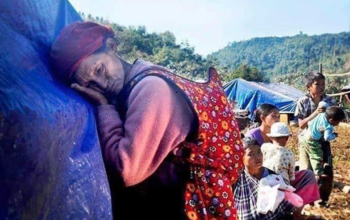
Conflict between ethnic minority groups and Myanmar/Burma’s army continue in western Burma, leading to suffering among civilians in IDP camps.
“In recent months, more than 10,000 Chin (who are mostly Christian), Arakan (who are primarily Buddhist, and Khumi (mostly Christian) villagers, have been displaced in Chin State as fighting between the Burma Army and Arakan Army has spilled across the border from Arakan to Chin state,” according to a report by Free Burma Rangers (FBR).

This is on top of 70,000 mostly Buddhist Arakan villagers displaced during the last year and over one million Rohingya villagers (primarily Muslim) living in refugee camps in Bangladesh.
FBR accuses the Burma Army of using violence against civilians in its efforts to defeat the ethnic minority groups. “Normal, day-to-day activities carry high risk for civilians as the Burma Army can at-will detain them for questioning and, with impunity, arrest, torture or kill them for suspected affiliation with the Arakan Army,” FBR noted.
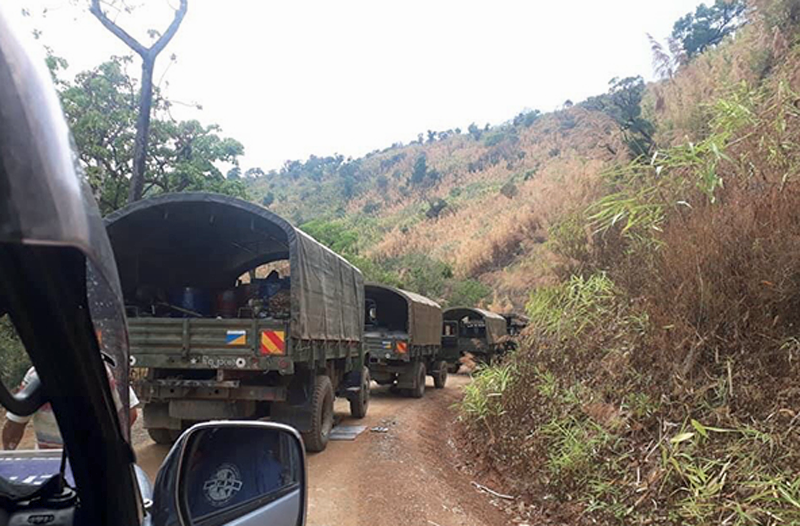
On March 12th, the Burma Army detained U Nga Mae, a 75-year-old man from Kyauk Tan Village, Rathedaung Township, while he was herding buffalo.
Soldiers immediately asked if he was a member of the Arakan Army. “He said he was not part of the group, but the soldiers beat him twice. Again, the soldiers asked if he was associated with the Arakan Army. Again, U Nga Mae said no.
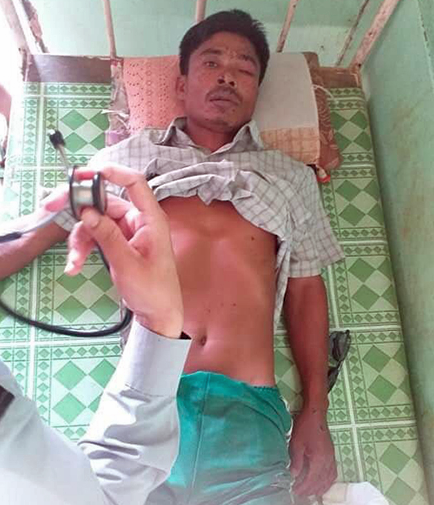
“After his second reply, the Burma Army soldiers took him and kept him for two days. While he was held, the soldiers interrogated him and then tortured him when they didn’t get the information they were looking for.”
U Nga Mae said he felt like the soldiers broke his nose during the torture.
Then they took Mae to a nearby village and asked, “Where is the Arakan Army?’
“The Arakan Army is in all villages,” Mae replied.
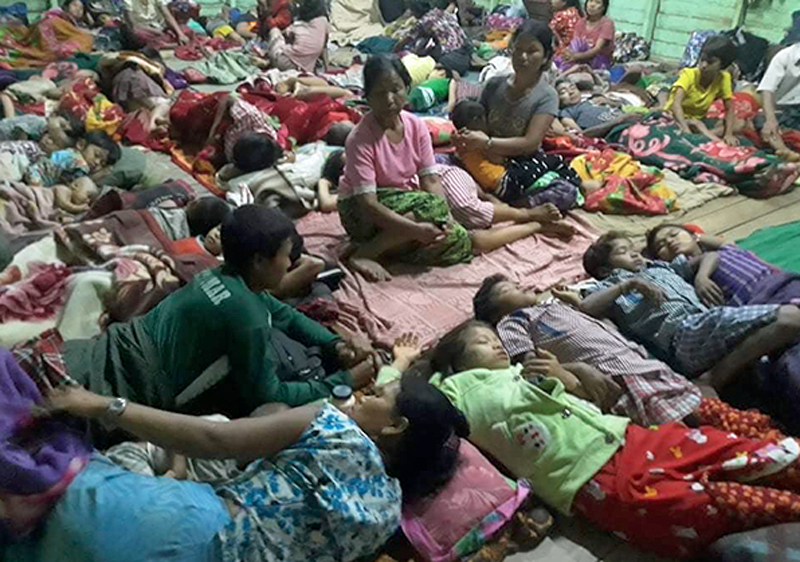
Mae was kept in custody for four days before he was able to escape while his guards were sleeping.
Mg Kyaw Tun, 60, was also questioned by the army, seeking information about the whereabouts of the Arakan Army. “They burn the village when they don’t get the information they want,” Tun told FBR. “So, we run away fearfully to avoid them… The cows, buffalos, and grains were left in the village [but] the grains and houses are burned now.”
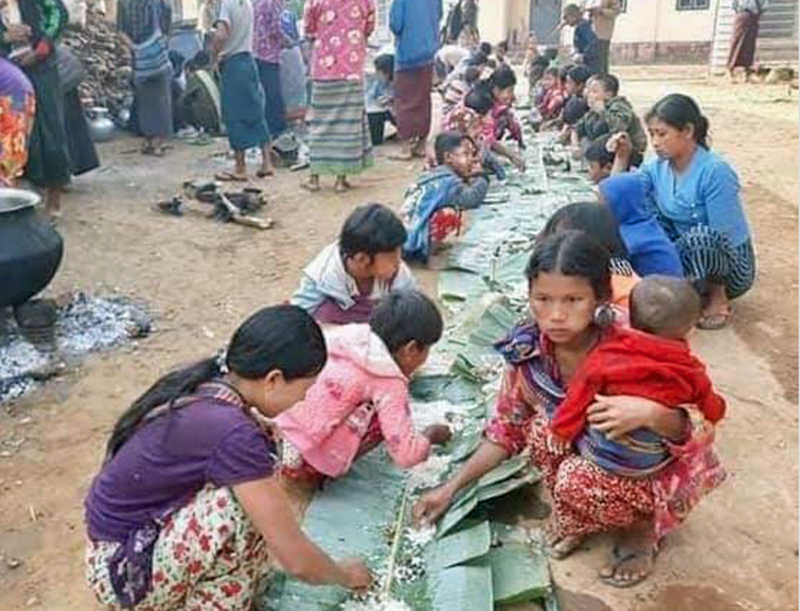
Htay Hlaing, 30, encountered the Burma Army during a lunch break. He met 20 Burma Army troops who told him they would kill him because they thought he was a part of the Arakan Army. “I lost a lot of blood because of the injuries and being tortured by them,” Hlaing told FBR. “They left me when they thought I was dead.”
Hlaing hid in a nearby house where the soldiers couldn’t easily find him. The soldiers remained for the day, killing and eating local chickens and pigs. The next morning Hay Hlaing came out of hiding and, even though the soldiers saw him, escaped.
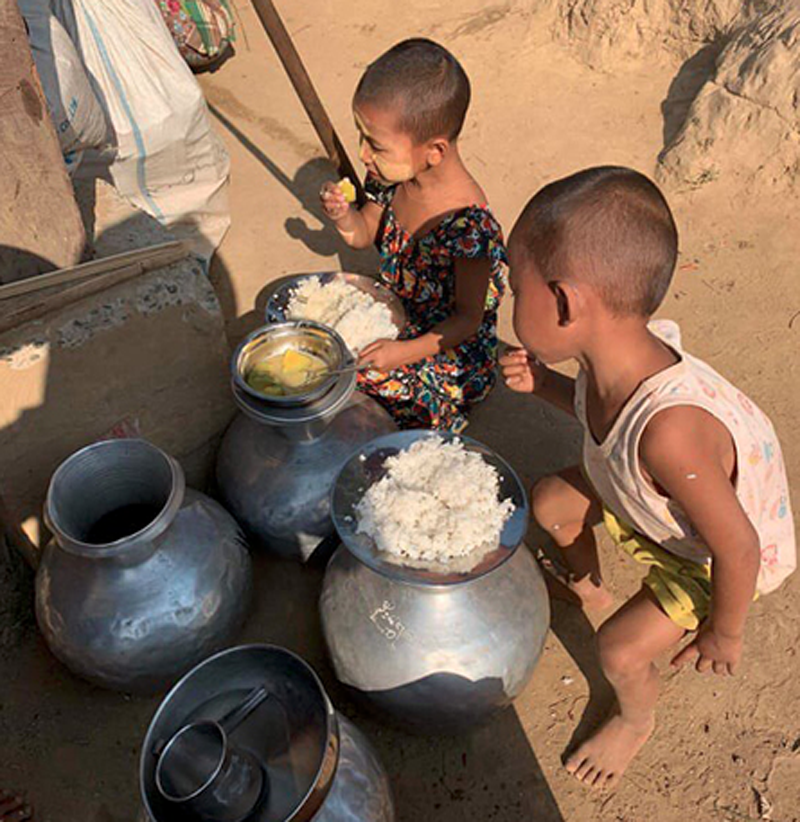
Ma Aye Nyunt, 66, testified that she saw the Burma Army come and burn her village. “She was sitting in her house on May 29 when the soldiers arrived. She ran away but watched as the soldiers first burned her house and then the houses of two of her friends,” according to FBR.
“I saw they were burning the village with my own eyes,” she told FBR. “They burned one home after another. One grandmother died in the fires because she couldn’t walk. I think another person, Aung Tan Thar (51), was put into the fire by Burma Army troops after the troops killed him,” she recounted.
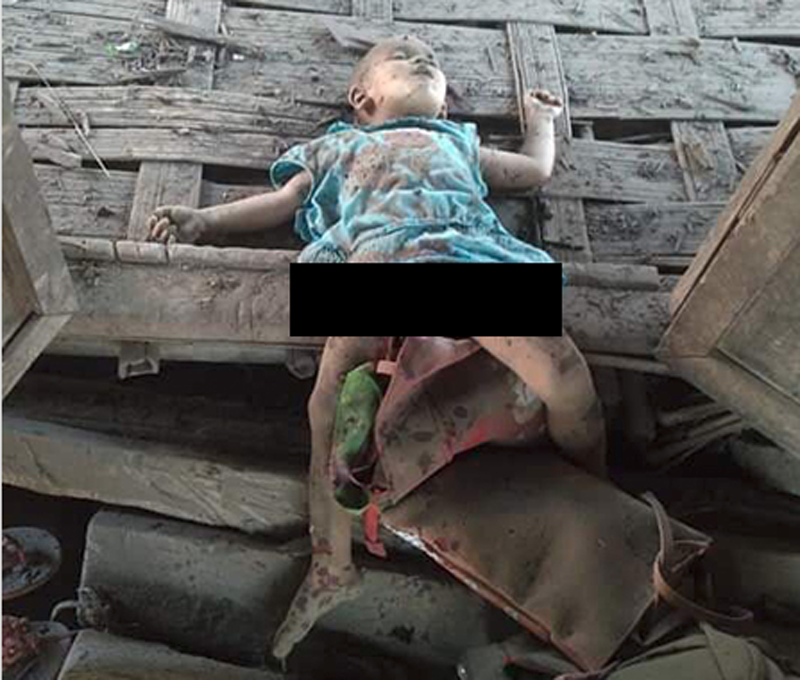
Along with danger of detainment by Burma Army soldiers, villagers also risk being taken and forced to serve as porters, carrying heavy loads for the troops. “Mg Khin Win is one villager who was taken along with 12 others by the Burma Army and forced to porter while also being tortured and refused food and water. Eventually the villagers were let go.”
To learn more about FBR, go here



